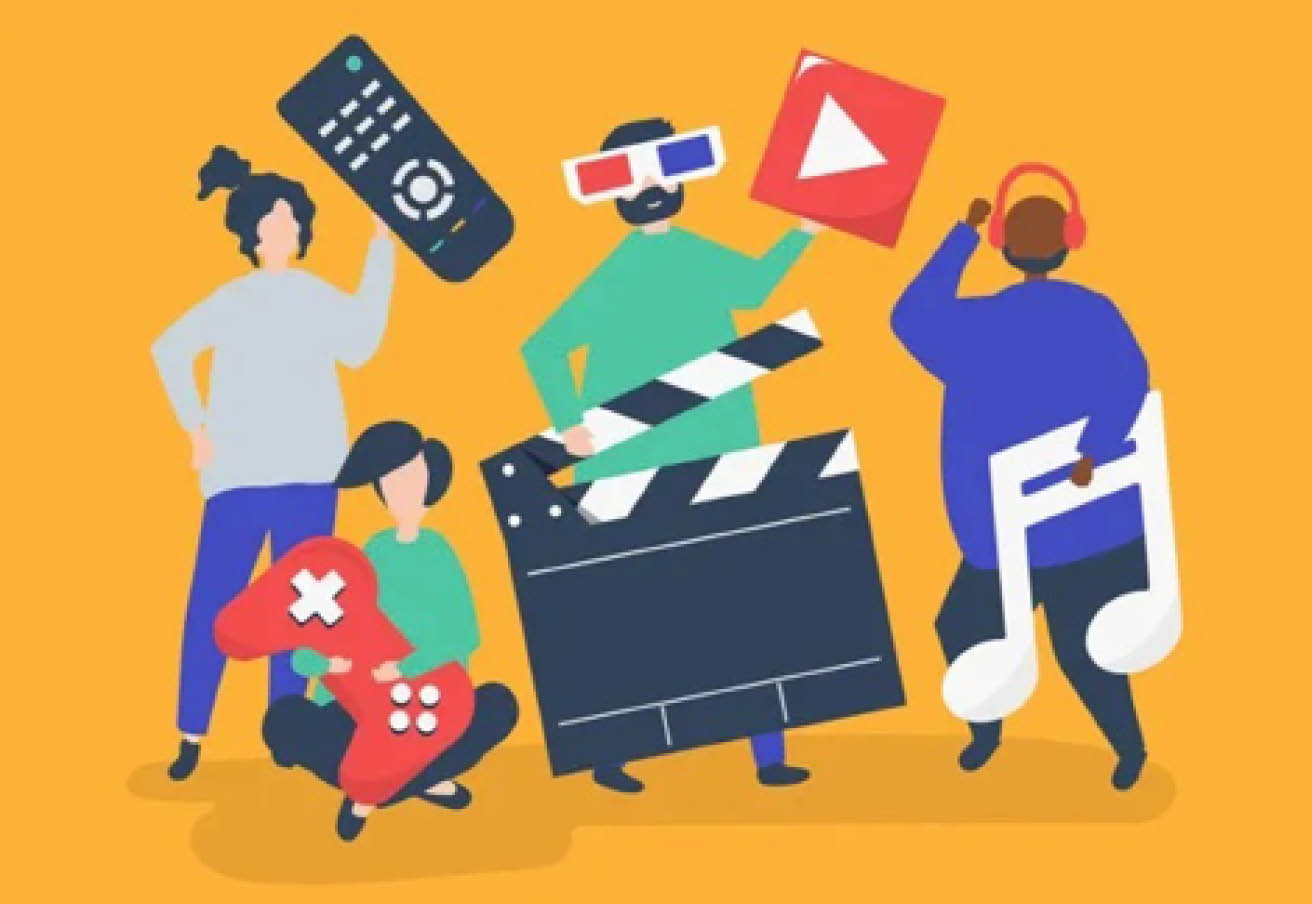Column No.6: Media, the arts, and the most underserved Nigerians
Last week, I was on a panel discussing the underserved (not to be confused with the ‘undeserved’) section of Nigeria, when it comes to arts, culture, and the media generally. It was the brainchild of the iREP Documentary Film Forum and the Committee for Relevant Art (CORA) in Lagos, and there were many erudite speakers […]

Media, the arts, and the most underserved Nigerians
Last week, I was on a panel discussing the underserved (not to be confused with the ‘undeserved’) section of Nigeria, when it comes to arts, culture, and the media generally. It was the brainchild of the iREP Documentary Film Forum and the Committee for Relevant Art (CORA) in Lagos, and there were many erudite speakers before and after I spoke and they gave truly brilliant, mind-opening presentations. I began mine with an apology that I am going to be a bit scattered, and took it from there. Herewith, are transcripts:
Everything, everywhere, all at once, if you’ll permit that shameless Oscars reference while talking about sections of Nigerians who do not have access to media, and cultural material. But I promise you it’ll be relevant at the end. Now, if the rest of Nigeria is underserved, then imagine how it must be for the Northern Nigerian region, where we are all familiar with a lot of the once-shocking education indices.
It is in spite of this that the Hausa movie industry called Kannywood was born, against many, many odds. With inarguably half of all Nigerian population being in the region, imagine the untapped potential, both for producers of art, and the underserved consumers.
If you want to see just how underserved the region is, just take a look at the major streaming services in Nigeria, and their offerings. Netflix, Amazon Prime, ShowMax and others have close to nothing for the Hausa-speaking consumer. I’m sure I’m not the only one scratching my head when I remind myself that art, even when if it is for art’s sake, is still a business. Even when admission is free, it still costs both the producer and consumer time.
Declare Abia, Enugu results immediately, Obi charges INEC
Invincible Insurance stake unbeaten run as 2023 NPFL resumes
Even movies done in other indigenous Nigerian languages and hosted by streaming services are not enough, like in the case of Yoruba movies. Last year was probably the most successful year for Yoruba movies on the global stage, and how many did we have? Probably three or four. This is criminally low, given our sheer number and the sheer diversity of stories we are yet to tell, even to ourselves, and the world at large.
Like the Ikorodu Boys in Lagos, we have collective of teenagers called ‘The Critics’ in Kaduna, who also made short films using cheap mobile phones and creating stunning visual effects with an old beaten-up computer. They shared on social media, and caught the attention of big Hollywood personalities like JJ Abrams, and are currently working on a major project with none other than Morgan Freeman himself. While there are more known examples of such hidden, great talent, imagine how many remain unknown.
Now, this is not limited to film, but also every single aspect of visual arts. Treated shabbily from the foundational stage like in schools and communities, it is often left for talented individuals to soldier on and develop on their won, aided by that most unscientific of commodities which we call ‘luck’. That said, we need to create our own luck as a whole nation, and particularly by focusing on the grassroots, and consciously developing and catering to the underserved.
Children are a recurring decimal in this zero sum game we’re currently playing regarding art and culture here in Nigeria. It is doubly tragic when you consider that it is now that is the best time for them to be guided, mentored, and taught for the best impact all-round.
This is also an excellent time to canvass for the importance of collaboration and sharing of resources. It is also an excellent point at which to applaud IREP for the good, important work currently being done. It is also the right time for us to properly serve the underserved across all arts and media. The technology is right for it, and the time is also perfect for it.
Which means it is even more than the right time right now to mine data, listen to that data, and implement everything we glean from it. And while you’re at it, imagine the impact we could make here at home and around the world if we served our underserved.
In closing, I am happy to point out that it is not just doom-and-gloom. The rise and rise of Afrobeats globally is awe-inspiring to watch, and even more so when you remember that it is because of the sheer talent of our young musicians who through social media and tech innovations have their work readily available around the world.
Nigerians have won Grammy awards, and been nominated for an Oscar for ‘best song’ this year. Needless to say, India won in that category. I could do a whole thesis on that country’s road to winning that coveted award, but we don’t have time. But the short of it is that they recognized the need to serve their underserved long ago, and are addressing it.
There are some big-time collaborations by young Nigerians and big creative industry-based corporations ongoing, like big-budget animated TV series being co-developed with Disney, HBO etc. ongoing, with more to come. Imagine the extent of all these if more structures are created to provide more support. We are a gifted nation, loaded with talents from every corner of our vast country, and now the world has woken up to what we have. Why can’t we?
